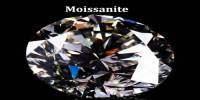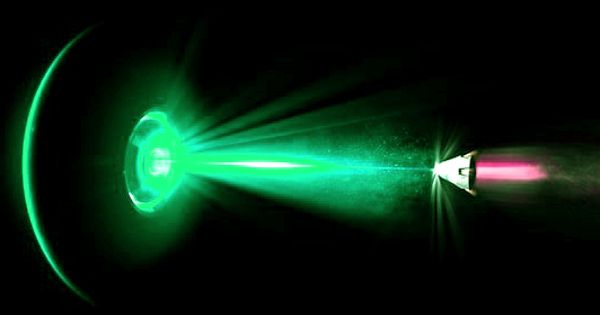Residential biomass combustion pollution is a known cause of negative health impacts, such as respiratory and cardiovascular disorders, as well as negative climatic effects.
Residential biomass combustion has been identified as a major cause of air pollution practically everywhere on the planet, with high emissions of fine particulate matter, black carbon, and polycyclic aromatic hydrocarbons (PAHs).
To reduce the use of fossil fuels and their influence on global warming, it is critical to increase the use of biofuels for household heating. The smoke produced by biomass burning comprises a significant number of substances that can have a variety of effects on the environment and human health.
Manufacturers of stoves and fireplaces are currently confronted with new hurdles, as they will soon be required to comply with stricter emission rules, such as the European Union’s Ecodesign Directive, which will take effect in 2022. As a result, innovative emission control systems for domestic biomass combustion are in high demand.
Initial smouldering and flame burning emitted large amounts of antioxidant methoxyphenols, whereas glowing burning emitted modest concentrations of carcinogenic benzene and polycyclic aromatic hydrocarbons. Methoxyphenols and aromatic hydrocarbons were released from the combustion of softwood pellets in two stoves and one boiler.
The advantages of HiTESC are its simple construction, low space requirement, and low energy consumption. In addition, it doesn’t require a separate cleaning mechanism. HiTESC can also be retrofitted in logwood-fired combustion appliances to achieve future emission regulation limits, without using costly exhaust after-treatment systems.
Heikki Suhonen
The high-temperature electric soot collector, or HiTESC, is a new way for reducing particulate emissions, according to a new study from the University of Eastern Finland.
In HiTESC, a combustion chamber has an electrically isolated high-voltage electrode that generates an electric field. Particles that pick up electrical charges from flames gather on the electrode surface and are oxidized at high temperatures.
The researchers used HiTESC to achieve a 45 percent fine particle reduction efficiency in a logwood-fired masonry heater with a combustion method that mimicked real-world use. On consecutive measurement days, particle emissions were recorded with and without HiTESC to establish the device’s overall fine particle reduction efficiency.
In addition, batch- and combustion-phase-dependent particle reduction efficiencies for the examined method were measured using online measurement devices to see how the operating conditions affect the system’s efficiency.
The decrease efficiency of the approach was discovered to be depending on the combustion phase, according to the researchers. The examined logwood appliance was most effective at reducing fine particles during blazing circumstances when fine particle emissions were at their maximum.
“The advantages of HiTESC are its simple construction, low space requirement, and low energy consumption. In addition, it doesn’t require a separate cleaning mechanism. HiTESC can also be retrofitted in logwood-fired combustion appliances to achieve future emission regulation limits, without using costly exhaust after-treatment systems,” says the article’s first author, Early Stage Researcher Heikki Suhonen from the University of Eastern Finland.
Noeton, a start-up business, is now commercializing the created technology. The study reveals that reducing fine particle emissions from logwood-fired appliances by utilizing the inherent charges of flames is a simple and realistic strategy.
According to the researchers, more research is needed to optimize the generated electric field in order to reach a potentially greater particulate matter reduction efficiency.
Furthermore, while HiTESC can be retrofitted into existing wood burning devices, it is expected that better results will be obtained if both the combustion and electrostatic devices are created and optimized together.
















